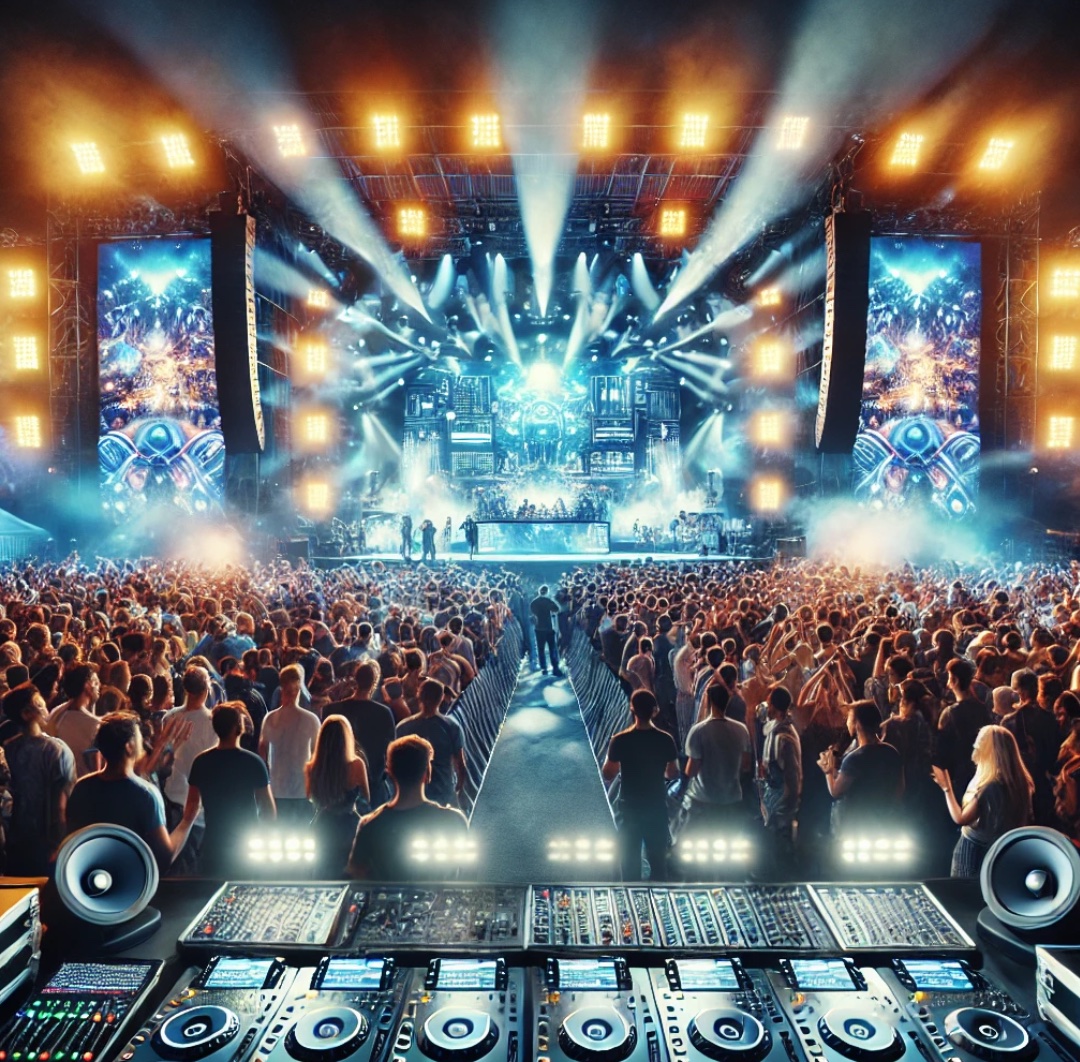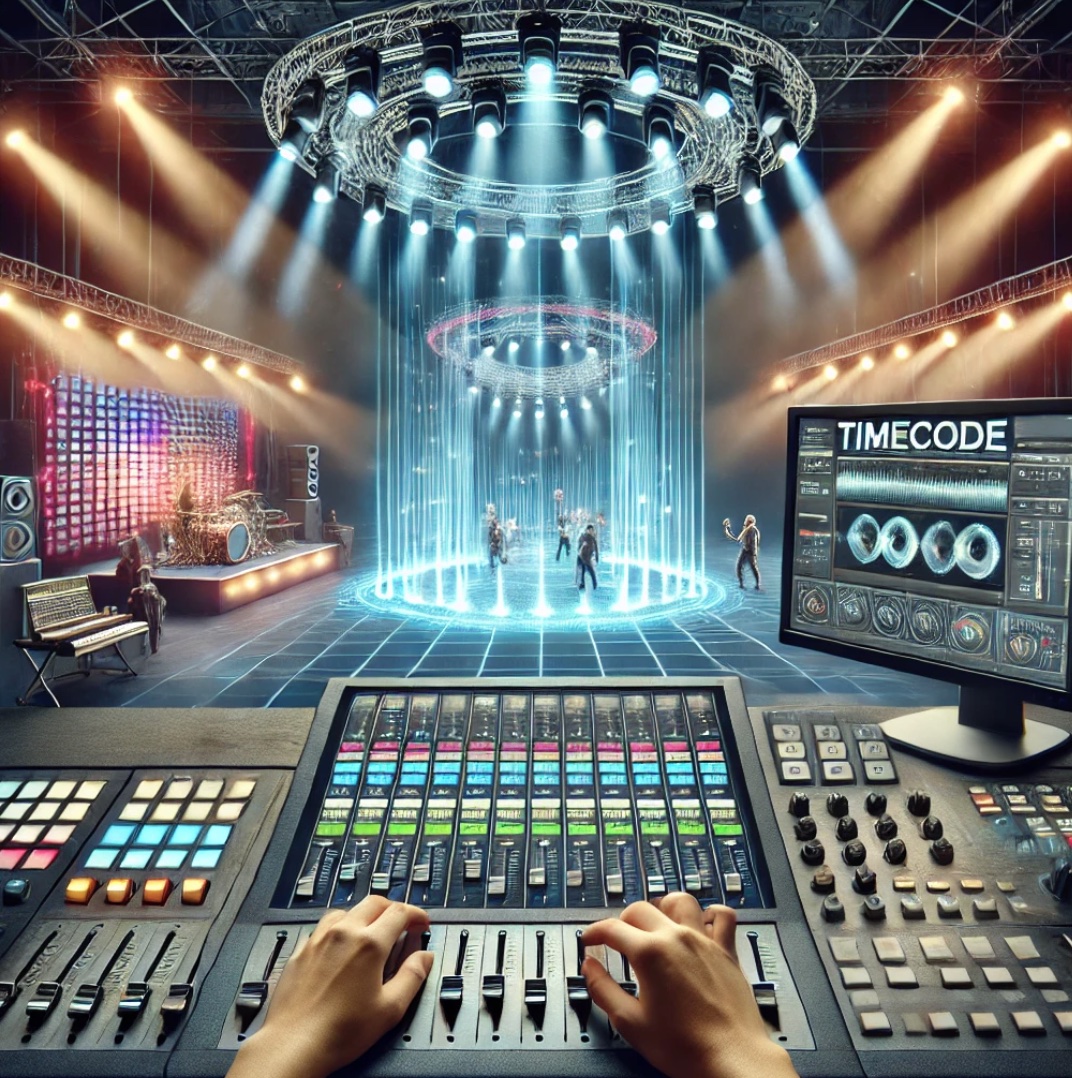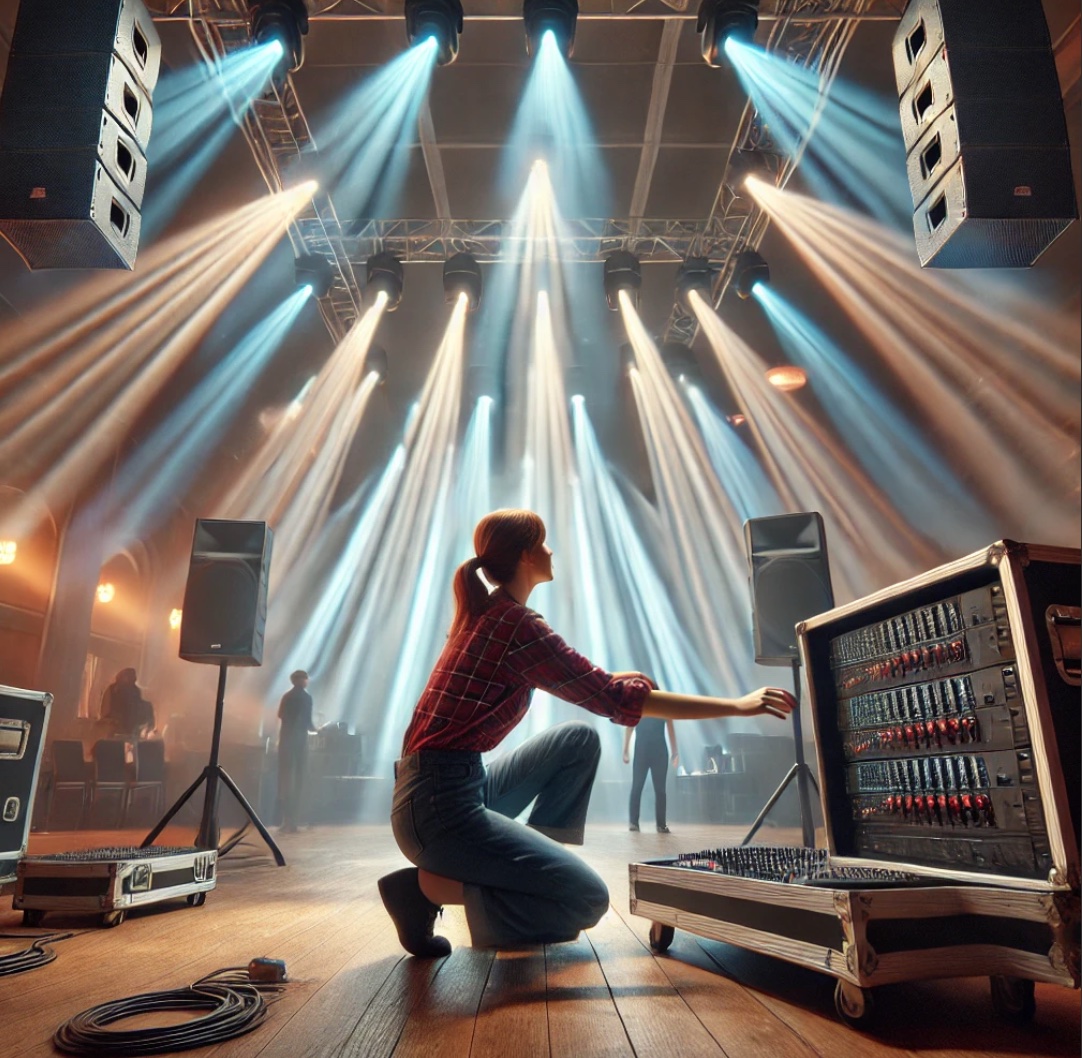Integrating visual effects with your sound system can transform any event into an immersive experience. Whether you're organizing a concert, a corporate event, or a theatrical performance, the right combination of audio and visuals can captivate your audience. This article will guide you through the process of seamlessly integrating visual effects with your sound system, focusing on renowned brands such as BEAMZ, BEAMZ PRO, FBT, JTS, ALUSTAGE, ADASTRA, ATHLETIC, AVLINK, CHORD, CITRONIC, FENTON, FILO, MAGICFX, MAX, MERCURY, PD CONNEX, POWER DYNAMICS, QTX, ROXTONE, STUDIOMASTER, SWEETLIGHT, TVA, and VONYX.

Introduction
In the modern era of event production, the synergy between sound and visual effects is more important than ever. High-quality audio paired with dynamic visual effects can create a memorable experience for your audience. This guide will help you choose the right equipment and provide practical tips for integrating visual effects with your sound system.
1.Selecting the Right Equipment
BEAMZ and BEAMZ PRO
BEAMZ and BEAMZ PRO offer a wide range of lighting solutions that are perfect for various events. From simple DJ lights to complex laser shows, their products can easily sync with your sound system to create stunning visual effects.
FBT
FBT provides professional audio equipment that ensures high-quality sound output. When paired with visual effects, FBT systems can enhance the overall atmosphere of any event.
- Example: FBT’s line array speakers combined with stage lighting from BEAMZ can create an immersive audio-visual experience.
MAGICFX
MAGICFX specializes in special effects equipment like confetti blowers, smoke machines, and CO2 jets. These can be used to highlight key moments in your event, synchronized with your audio setup.
- Example: A confetti blast timed with the climax of a song can add a dramatic effect to your event.

2.Tips for Integration
Synchronization
Synchronizing your audio and visual effects is crucial for creating a cohesive experience. Many modern lighting and special effects systems can be controlled via DMX protocols, which can be linked to your audio setup to ensure perfect timing.
Understanding DMX Protocol
DMX (Digital Multiplex) is the standard protocol for controlling lighting and special effects in the entertainment industry. It allows you to control multiple devices (like lights, smoke machines, and lasers) from a single controller, ensuring they work in harmony with your audio setup.
- Example: Using a DMX controller to synchronize BEAMZ PRO lights with the beats of the music.
Using Audio-Triggered Lighting
Many lighting systems have audio-triggered modes, where the lights react to the sound. This can be achieved through built-in microphones in the lighting units or through direct audio input from your sound system.
- Example: AVLINK lights with built-in audio sensors that change color and intensity based on the music.

Software Solutions
Various software solutions are available to help you program and control your audio and visual effects. These programs can synchronize your lights and special effects with the music, offering precise control over timing and transitions.
- Lightjams: A powerful software that allows you to create real-time lighting effects synchronized with your audio.
- DMXControl: An open-source solution for controlling DMX devices, providing extensive options for synchronization and automation.
- Example: Using Lightjams to program a light show that reacts to a live DJ set.
Controllers and Interfaces
DMX controllers and interfaces bridge the gap between your audio source and lighting/effects equipment. They interpret audio signals and convert them into DMX commands that control your lighting and effects.
- Example: A MIDI-to-DMX converter that allows you to use a MIDI controller to control DMX lighting.
Advanced Techniques: Timecode Synchronization
For highly complex shows, timecode synchronization can be used. This involves using a timecode (such as SMPTE) to precisely synchronize audio and visual elements down to the frame.
- Example: Using SMPTE timecode to synchronize a light show with a pre-recorded music track at a major concert.

Practical Tips for Synchronization
- Start Simple: Begin with basic synchronization techniques, like using built-in audio triggers in your lighting equipment, before moving to more complex setups.
- Test Thoroughly: Always test your synchronization setup thoroughly before the event to ensure everything works as expected.
- Use Presets: Many DMX controllers and software solutions come with preset programs that can be a great starting point for creating synchronized effects.
- Keep It Dynamic: While synchronization is important, don't make the effects too predictable. Adding some variability can make the show more engaging.
- Example: Setting up a test run of your lighting and sound system before the event.
Software and Controllers
Using software and controllers designed for integrating audio and visuals can simplify the process. Programs like Lightjams or DMXControl can help you program and sync your lights and effects with the music.
- Example: Using Lightjams to sync BEAMZ PRO lighting with a live DJ set.
Placement and Setup
Proper placement of your audio and visual equipment is essential. Ensure that speakers and lighting are positioned to cover the entire venue evenly, avoiding any blind spots.
- Example: Placing FBT speakers at strategic points and BEAMZ lights overhead to cover the dance floor.

Testing and Calibration
Always test and calibrate your equipment before the event. This ensures that everything works together seamlessly and allows you to make any necessary adjustments.

Conclusion
Integrating visual effects with your sound system can elevate your event to new heights. By selecting the right equipment from brands like BEAMZ, FBT, and MAGICFX, and following best practices for synchronization, placement, and testing, you can create a captivating experience for your audience